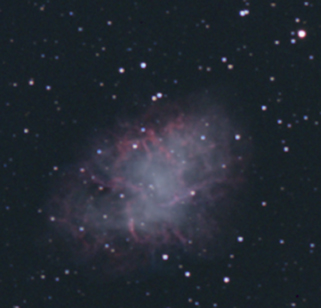Our eyes, having more rods than cones (120 million rods to 7 million cones), are more acute to seeing details in gray tones then color. So, to better see the details the color images were converted to gray scale and enlarged 200% using the Hoon Im bicubic
stair step image re-size using 10% increments. The XM example easily shows more finer structure details and texture compared to the softer XCM version.
Further processing with the XCM version is needed to display more detail structure as well as eliminate the star edge color artifacts as seen in the color image but it will be limited. Still, anything done to make the XCM version better can be applied to the XM version to make it even better.
There will always be that edge in this situation with the mono CCD but when displayed at the proper scale the differences seen can be minimal between the two cameras. Using a longer focal length may increase the XCM's fine detail performance due to higher sampling rate than the OTA used for this test but the mono (with the same pixel size) will always perform better. Again, the de-bayering algorithms used for the XCM data will also have an effect on this.
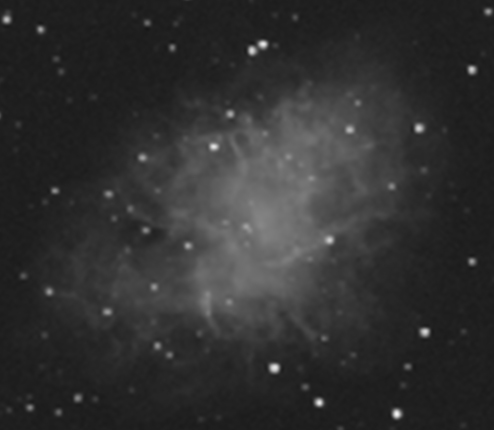
|
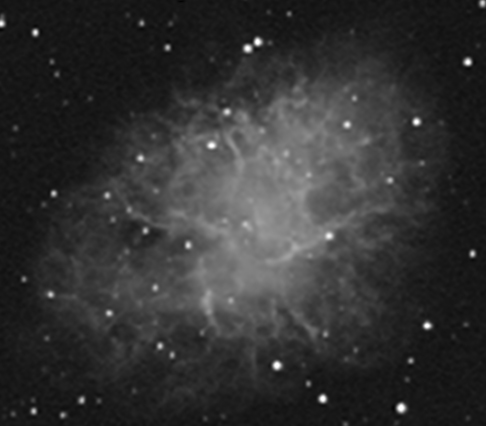
|
|
XCM color image enlarged 200% and converted to grayscale
|
XM color image enlarged 200% and converted to grayscale
|
NGC 6992 Comparison
The purpose of this test is to compare the difference in resolution with an object that doesn't have as much dense structure detail per arc second as the M1 example used above. Using the same images of NGC6992 from the color performance section, conversion to gray scale was performed to easily see the differences at the native image scale.
No sharpening was applied to either image. Notice the XM version is brighter for the same length of combined exposure times as the XCM due to the QE differences between the two sensor types.
The XCM brightness can be boosted with further processing easily.
The detail between the two examples are easily seen.
• The XM displays more sharper intricate wisp like structures.
• The XM displays slightly tighter stars but that can be easily fixed in the XCM version.
• The XCM doesn't display jagged star edge artifact as were seen in the H-alpha examples. This is due to the presence
of blue and green pixel data as well as red that was used during the debayering process so image reconstruction is more accurate.
and better S/N.
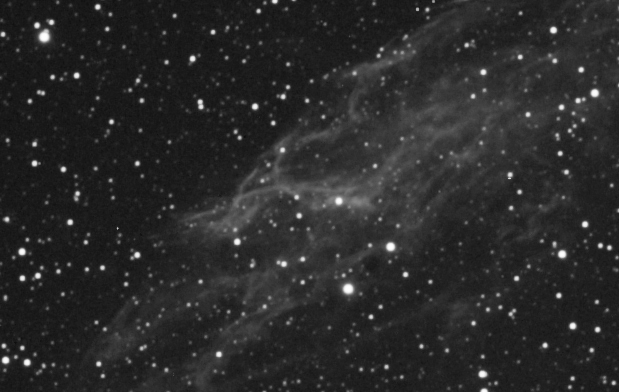
|
Crop of NGC6992 taken with the XCM camera
ST2000-XCM color data details:
- Date - 12/06/2007 06:45PM
- Temp - 26F -3C
- Humidity - 52%
- Dew - 14F -10C
- Visibility - 10 miles 16.1Km
- Wind - 5 mph 10 Km/h
- Exposure - 18 X 10 minutes Bin 1x1
- Sigma Average Combine
- CCD Temp -25C
- OTA - TMB130SS APO
- Image scale 1.68 arc seconds/pixel
|
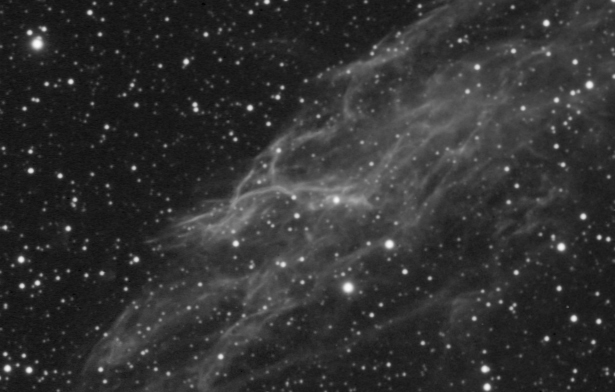
|
Crop of NGC6992 taken with the XM camera
ST2000-XM color data details:
- Date - 11/30/2007 07:53PM
- Temp - 39F 6C
- Humidity - 53%
- Dew - 23F -5C
- Visibility - 10 miles 16.1 Km
- Wind - 9 mph 14 Km/h
- Exposure - (R)6X10 (G) 6X10 (B) 6X10 minutes Bin 1x1
- Sigma Average Combine
- CCD Temp -25C
- OTA - TMB130SS APO
- Image scale 1.68 arc seconds/pixel
|
